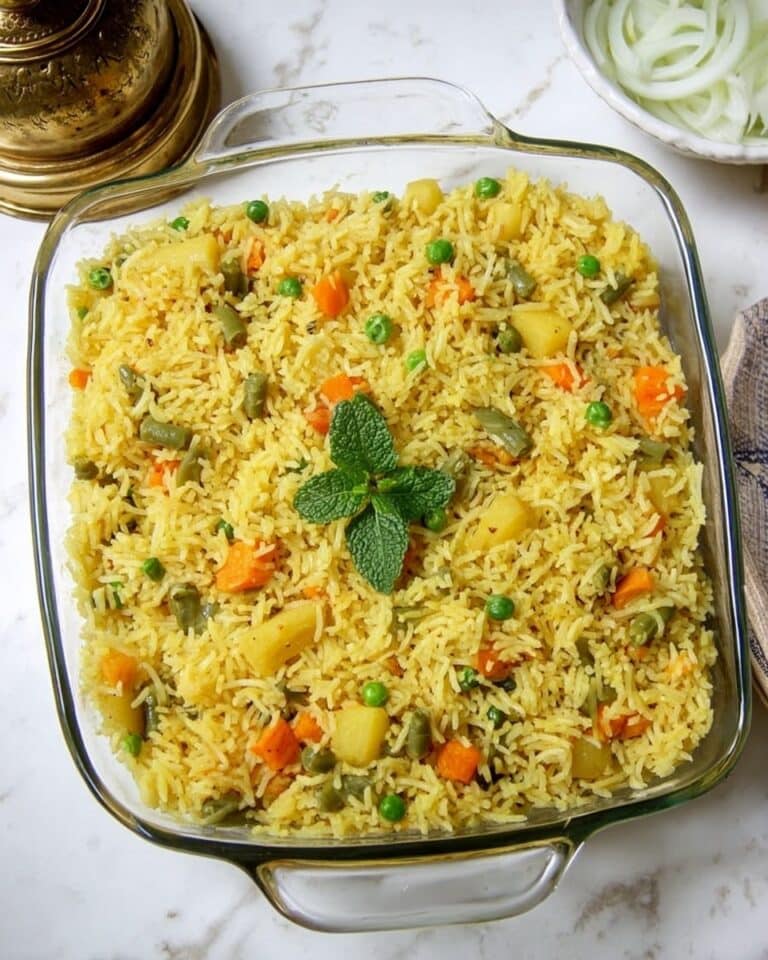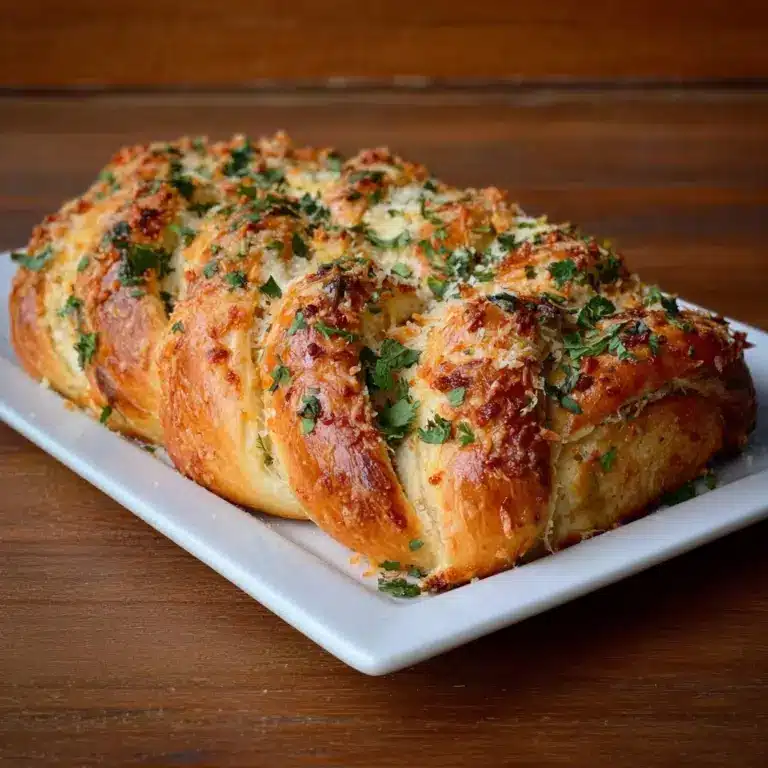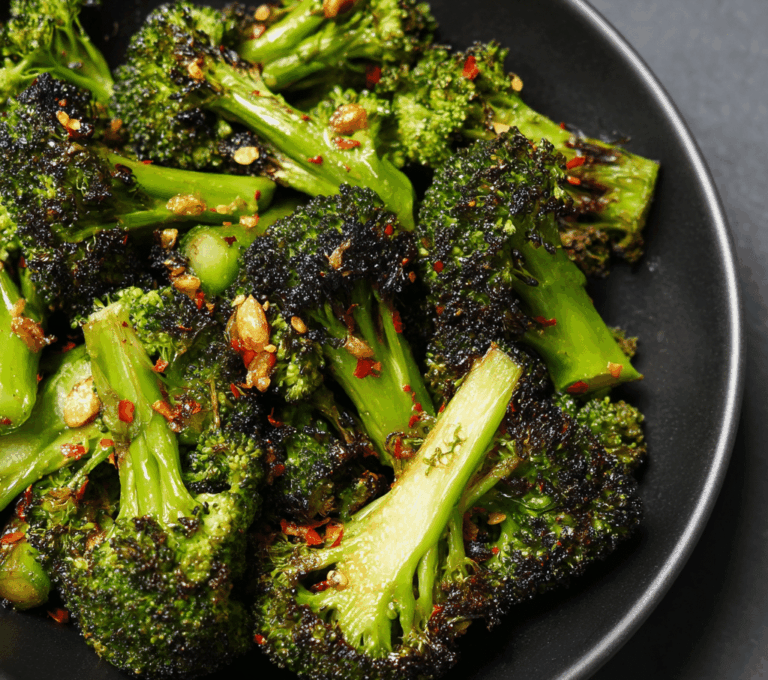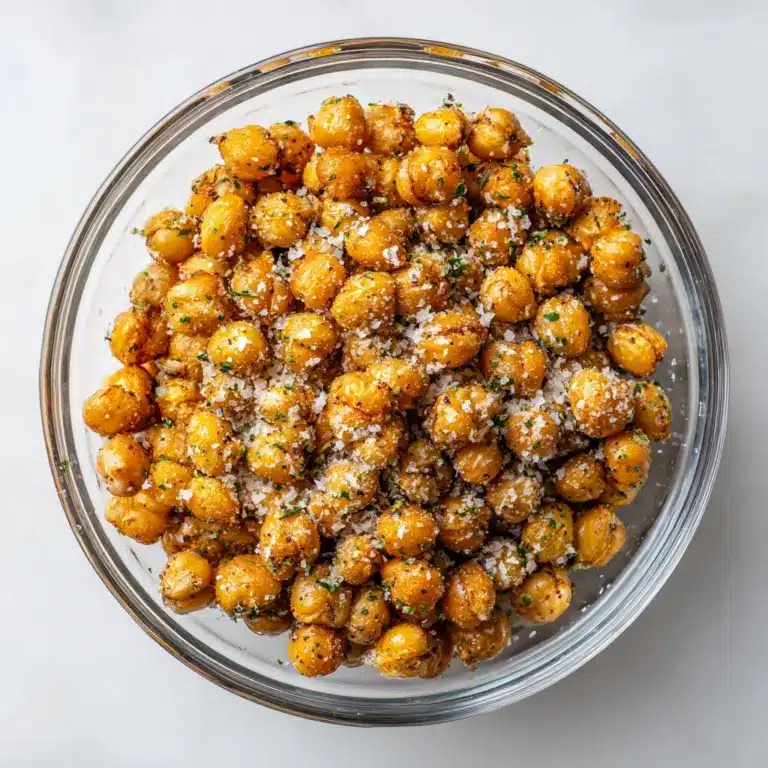Tamarind Rice | Puliyodharai Recipe
Introduction
Tamarind Rice, also known as Puliyodharai, is a tangy and flavorful South Indian dish that pairs perfectly with simple accompaniments like yogurt or papad. This recipe combines the rich taste of tamarind with roasted spices and crunchy peanuts for a comforting meal.

Ingredients
- 2 cups Rice
- 6 cups Water (for cooking rice)
- 1 cup Gingelly Oil
- 1 large Tamarind (apple size)
- 10 Dry Red Chillies
- ¼ cup Split Chana Dal
- ½ cup Peanuts
- ¼ cup Split Urad Dal
- 1 cup Curry Leaves
- 1 tsp Asafoetida
- 2 cups Water (for tamarind soaking and sauce)
- Salt to taste
- 1 tsp Gingelly Oil (for roasting spices)
- 20 Dry Red Chillies (for powder)
- 2 tsp Fenugreek Seeds
Instructions
- Step 1: Cook the rice in 6 cups of water as you normally would and set aside.
- Step 2: Soak the tamarind in 2 cups of warm water for 15 minutes, then squeeze and extract as much juice as possible. Discard the pulp.
- Step 3: Heat 1 tsp of gingelly oil in a pan over low heat. Dry roast 20 dry red chillies and fenugreek seeds until fragrant. Remove and grind into a fine powder using a blender.
- Step 4: Heat 1 cup gingelly oil in a kadai or deep pan. Add peanuts and chana dal, frying until golden brown.
- Step 5: Add urad dal, curry leaves, and asafoetida. Fry for a few more minutes until urad dal is lightly browned.
- Step 6: Add 10 dry red chillies and fry for about a minute to release their aroma.
- Step 7: Pour in the tamarind water and cook over medium heat until the mixture thickens.
- Step 8: Stir in the spice powder and salt. Cook until the mixture is dry and oil begins to separate from it.
- Step 9: Allow the tamarind mixture to cool. Store it in an airtight container in the refrigerator if not using immediately.
- Step 10: When ready to serve, mix the tamarind sauce with cooked rice. Adjust salt to taste and toss well to combine.
- Step 11: Serve the tamarind rice warm, accompanied by yogurt or pickles if desired.
Tips & Variations
- Use fresh tamarind for the best tangy flavor, but tamarind paste can be a quick substitute.
- Adjust the number of dry red chillies to control the heat level to your preference.
- Add a pinch of jaggery to balance the sourness if desired.
- For extra crunch, garnish with fried curry leaves and roasted peanuts before serving.
Storage
Store the prepared tamarind mixture in an airtight container in the refrigerator for up to one week. When reheating, gently warm the tamarind mixture and mix it with freshly cooked rice for best taste and texture. Avoid storing mixed rice to prevent it from becoming mushy.
How to Serve
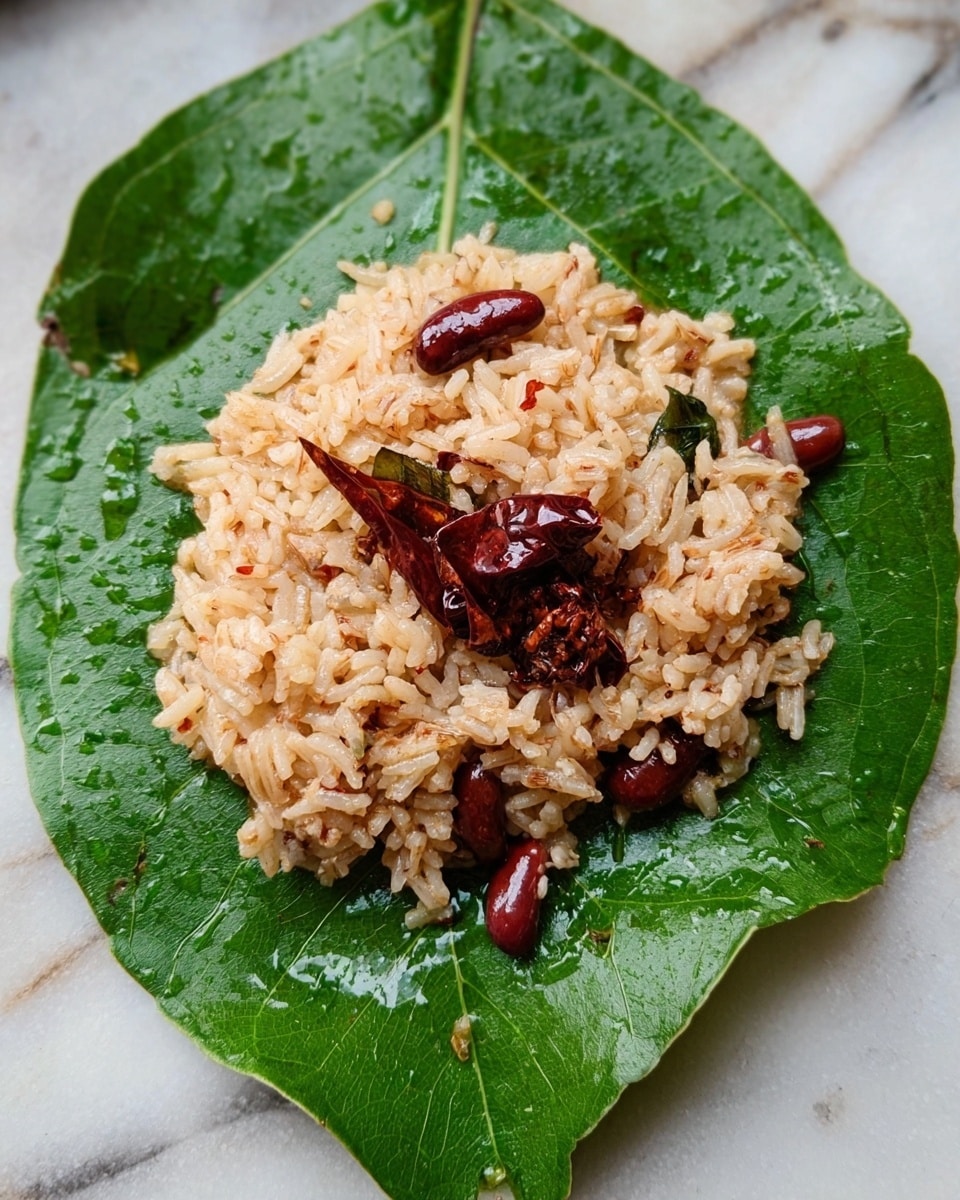
Serve this delicious recipe with your favorite sides.
FAQs
Can I use tamarind paste instead of fresh tamarind?
Yes, tamarind paste can be used as a convenient substitute. Use about 2 to 3 tablespoons of paste diluted in water to replace fresh tamarind, adjusting to taste.
Is Puliyodharai spicy?
It has a moderate heat from the dry red chillies, but you can easily adjust the spice level by reducing or increasing the number of chillies used in the recipe.
Print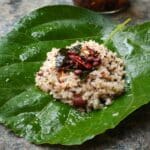
Tamarind Rice | Puliyodharai Recipe
- Total Time: 55 minutes
- Yield: 4–5 servings 1x
- Diet: Vegetarian
Description
Tamarind Rice, also known as Puliyodharai, is a classic South Indian dish featuring tangy tamarind paste combined with fragrant spices and toasted lentils, peanuts, and curry leaves. This flavorful rice dish is perfect for lunchboxes or as a comforting meal, offering a wonderful balance of sour, spicy, and nutty flavors with a delightful crunchy texture from fried lentils and peanuts.
Ingredients
Rice
- 2 cups Rice
- 6 cups Water
- Salt to taste
- 1 tsp Gingelly Oil (for mixing)
Tamarind Mixture
- 1 large Tamarind (apple size)
- 2 cups Water (for soaking tamarind)
- Salt to taste
Spice Powder
- 20 Dry Red Chillies
- 2 tsp Fenugreek Seeds
- 1 tsp Gingelly Oil (for roasting)
Tempering Ingredients
- 1 cup Gingelly Oil
- 10 Dry Red Chillies
- ¼ cup Split Chana Dal
- ½ cup Peanuts
- ¼ cup Split Urad Dal
- 1 cup Curry Leaves
- 1 tsp Asafoetida
Instructions
- Cook Rice: Rinse the rice well and cook it with 6 cups of water as you normally do until fluffy and set aside to cool.
- Prepare Tamarind Juice: Soak the tamarind in 2 cups of warm water for 15 minutes, then squeeze and extract as much tamarind juice as possible. Discard the pulp.
- Make Spice Powder: Heat 1 tsp of gingelly oil in a small pan, dry roast 20 dry red chillies and 2 tsp fenugreek seeds on low heat until aromatic. Remove from heat and grind them into a fine powder using a blender or mortar and pestle.
- Prepare Tempering: Heat 1 cup of gingelly oil in a kadai or deep pan. Add peanuts and chana dal, frying them until they turn golden and crisp.
- Add More Ingredients to Tempering: Add urad dal, curry leaves, and asafoetida to the pan and fry for a few more minutes until the urad dal turns golden and the curry leaves are crisp.
- Fry Dry Red Chillies: Add 10 dry red chillies to the tempering and fry for about a minute to release their aroma.
- Cook Tamarind Mixture: Pour the tamarind juice into the tempering mixture and cook it on medium heat until it thickens and reduces, stirring occasionally to prevent sticking.
- Add Spice Powder and Salt: Mix in the roasted spice powder and salt to taste. Continue cooking the mixture until it becomes pretty dry and the oil starts to separate from the mixture, indicating it is cooked well.
- Store the Tamarind Paste: Allow the tamarind mixture to cool. Store it in an airtight container in the refrigerator for up to a week.
- Mix with Cooked Rice: When ready to serve, mix the prepared tamarind paste with cooked rice thoroughly. Adjust salt if needed and toss gently to combine.
- Serve: Serve the tamarind rice warm or at room temperature as a main dish or part of a meal.
Notes
- Use fresh tamarind for the best tangy flavor, but tamarind paste can be a substitute in a pinch.
- Be careful while roasting dry red chillies and fenugreek seeds to avoid burning, which can make the dish bitter.
- Gingelly oil (sesame oil) adds authentic flavor, but can be substituted with peanut oil.
- The tamarind rice paste can be stored refrigerated for several days and used as a quick meal option.
- Adjust the number of dry red chillies to control the spiciness of the dish.
- Ensure the oil separates well from the tamarind mixture to enhance taste and shelf life.
- Prep Time: 25 minutes
- Cook Time: 30 minutes
- Category: Main Course
- Method: Stovetop
- Cuisine: South Indian
Keywords: Tamarind Rice, Puliyodharai, South Indian Rice, Spicy Tamarind Rice, Gingelly Oil, Lentil Rice, Traditional Indian Rice


